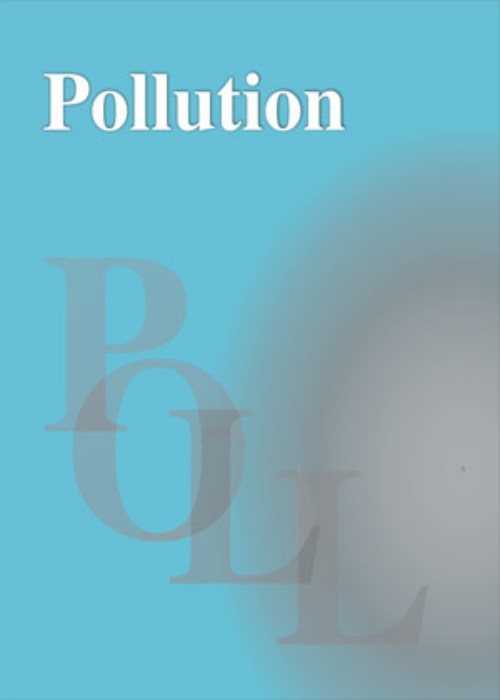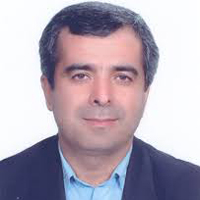Physical and Geochemical Characteristics of the Typical Spring’s Mineral Water in the NW of Iran, Case studies Lighvan and Toptapan Springs Mineral Water
Author(s):
Article Type:
Research/Original Article (دارای رتبه معتبر)
Abstract:
Lighvan hot spring and Toptapan mineral spring are located in the Eastern Azarbaijan, NW of Iran. The host rocks of Lighvan hot spring are dacite, andesite and Quaternary volcanic tuffs. Their main rock forming minerals are quartz, plagioclase, biotite and rarely amphibole. The host rocks of Toptapan mineral water spring are Cretaceous and Jurassic sandstone, shales and carbonate sedimentary rocks. Their main rock forming minerals are quartz, calcite, dolomite and clays. Due to the deposition of mineral water springs, travertine is the main Quaternary sediments around the springs. Water samples were collected from Toptapan mineral spring and Lighvan hot spring in July (dry season). The sampling method was according to standard methods for geochemical analysis. Field parameters such as PH, temperature, and EC were measured in situ, and samples were analyzed by ICP-OEC and ICP-MS in the laboratory of the Geological Survey of Iran. The measuring data showed that pH varies between 6.1 to 6.4. The surface temperature varies from 20.1˚C to 32.8˚C. The concentration of anions and cations in the Piper diagram show calcic bicarbonate type for Toptapan mineral spring and sodic bicarbonate type for Lighvan hot spring respectively. According to Lunglier – Ludwig diagram, the dissolution of carbonate and silicate minerals is the most important factor in increasing calcic cation. The Cl-Li-B diagram shows that the dissolution of sodic minerals and clays and ionic exchange are also the most important factors for increasing sodium in these springs. These data are in agreement to the host rocks, their mineralogy and their chemical composition. Based on the Ca-Mg-K geothermometer diagram, the geothermal reservoir temperature for Lighvan hot spring is 95-100 ˚C with a depth of about 2Km and for Toptapan mineral spring is 65-85 ˚C with a depth of less than 1Km. Also, high concentrations of chlorine show a deep geothermal primary reservoir in the Lighvan hot spring. These geochemical data show that these cold and hot springs are not polluted and not harmful for environmental point of views.
Keywords:
Language:
English
Published:
Pollution, Volume:9 Issue: 1, Winter 2023
Pages:
169 to 182
magiran.com/p2515326
دانلود و مطالعه متن این مقاله با یکی از روشهای زیر امکان پذیر است:
اشتراک شخصی
با عضویت و پرداخت آنلاین حق اشتراک یکساله به مبلغ 1,390,000ريال میتوانید 70 عنوان مطلب دانلود کنید!
اشتراک سازمانی
به کتابخانه دانشگاه یا محل کار خود پیشنهاد کنید تا اشتراک سازمانی این پایگاه را برای دسترسی نامحدود همه کاربران به متن مطالب تهیه نمایند!
توجه!
- حق عضویت دریافتی صرف حمایت از نشریات عضو و نگهداری، تکمیل و توسعه مگیران میشود.
- پرداخت حق اشتراک و دانلود مقالات اجازه بازنشر آن در سایر رسانههای چاپی و دیجیتال را به کاربر نمیدهد.
دسترسی سراسری کاربران دانشگاه پیام نور!
اعضای هیئت علمی و دانشجویان دانشگاه پیام نور در سراسر کشور، در صورت ثبت نام با ایمیل دانشگاهی، تا پایان فروردین ماه 1403 به مقالات سایت دسترسی خواهند داشت!
In order to view content subscription is required
Personal subscription
Subscribe magiran.com for 70 € euros via PayPal and download 70 articles during a year.
Organization subscription
Please contact us to subscribe your university or library for unlimited access!



